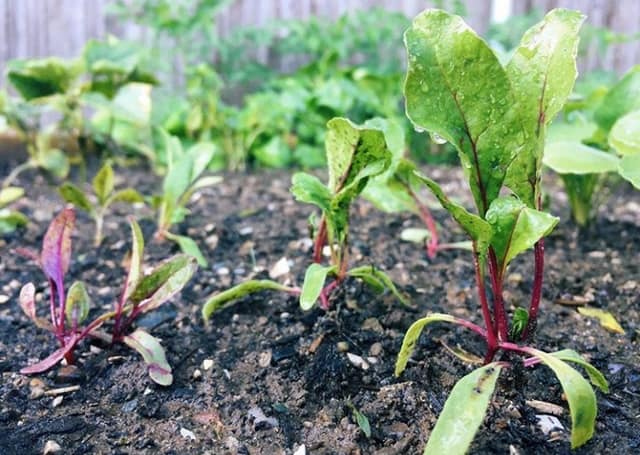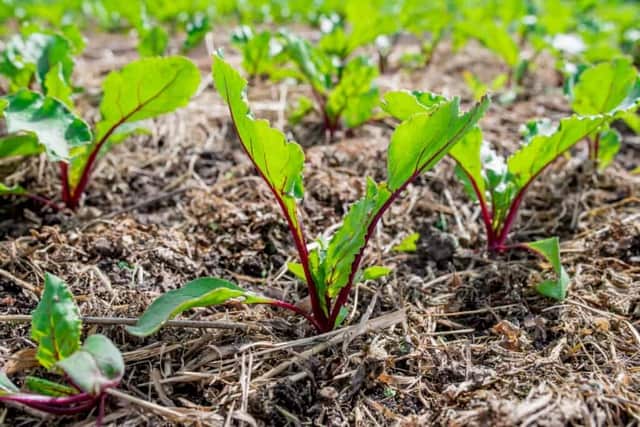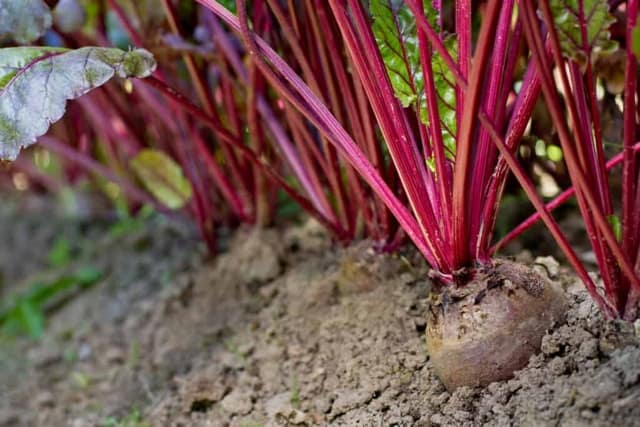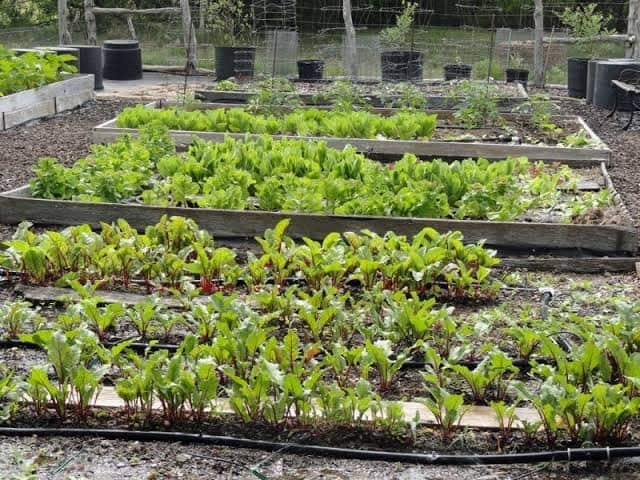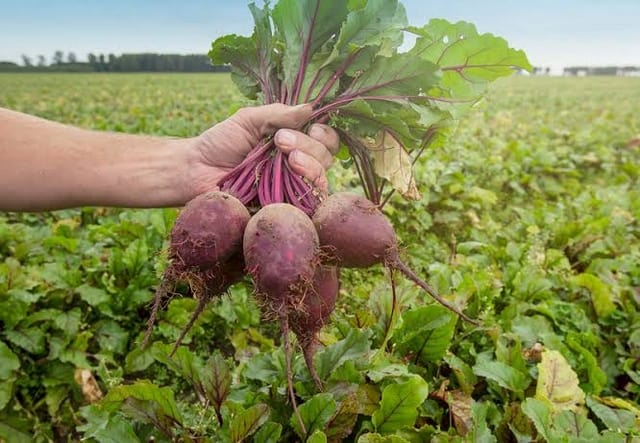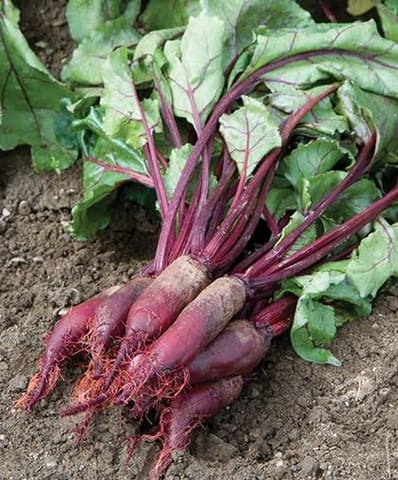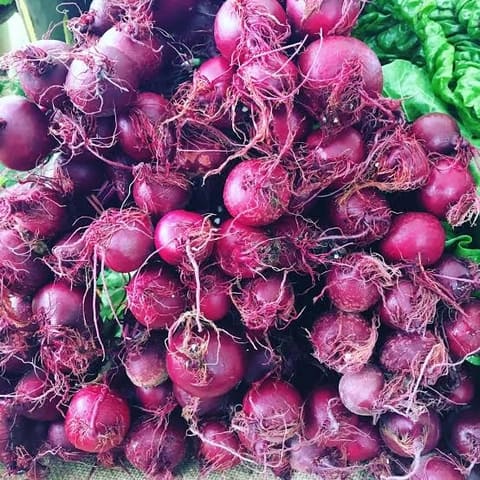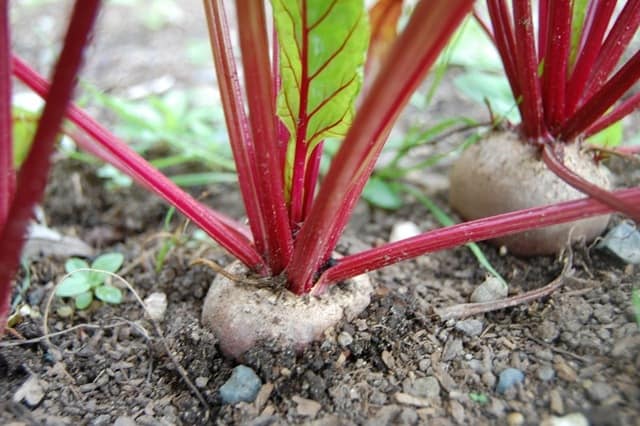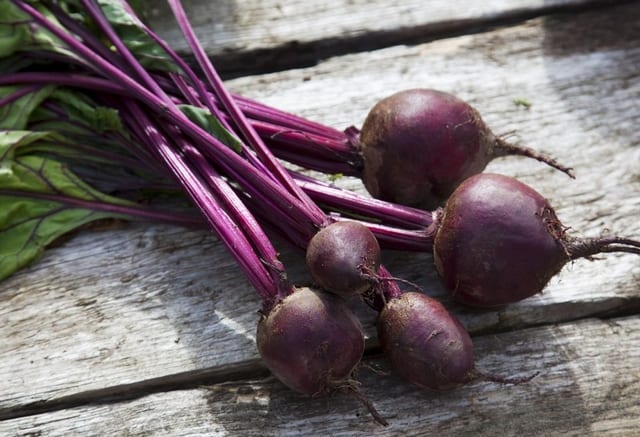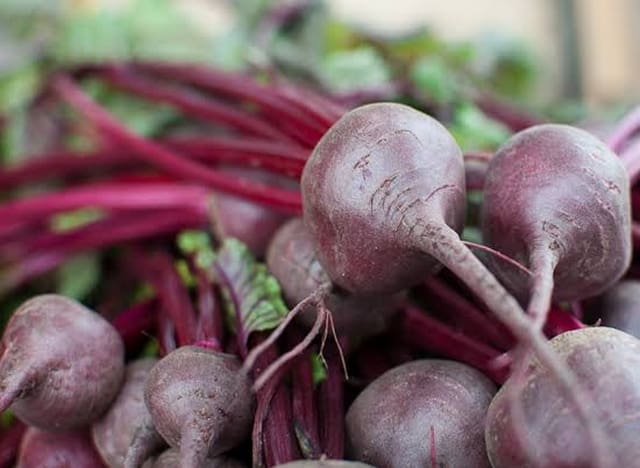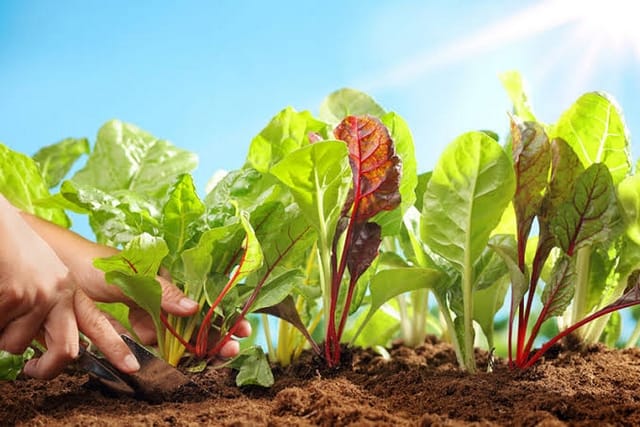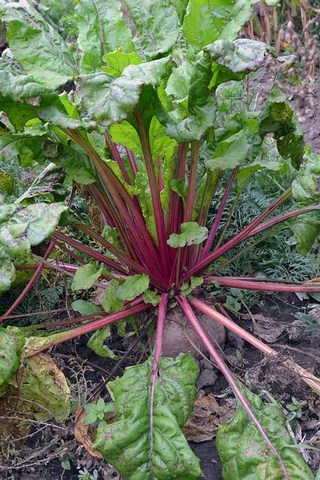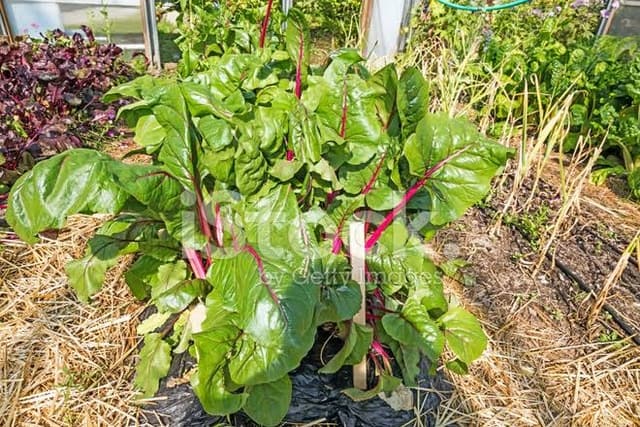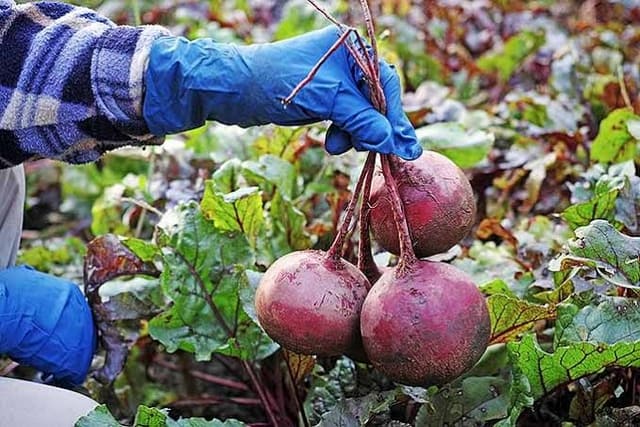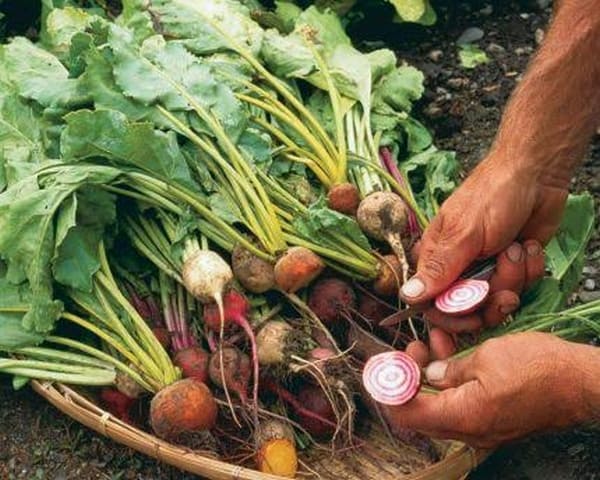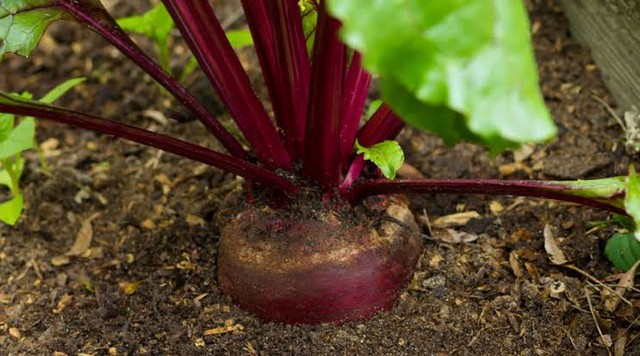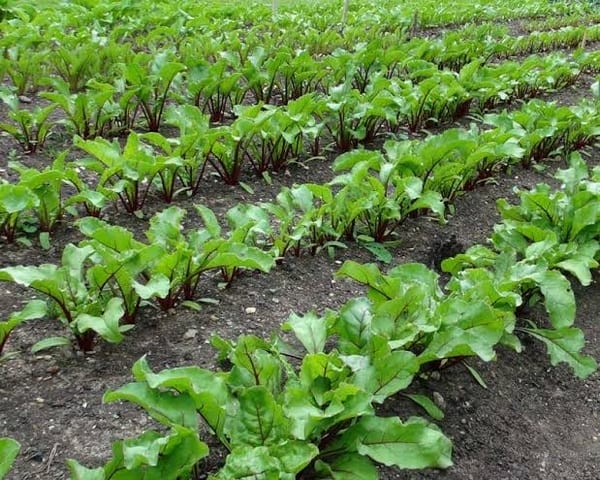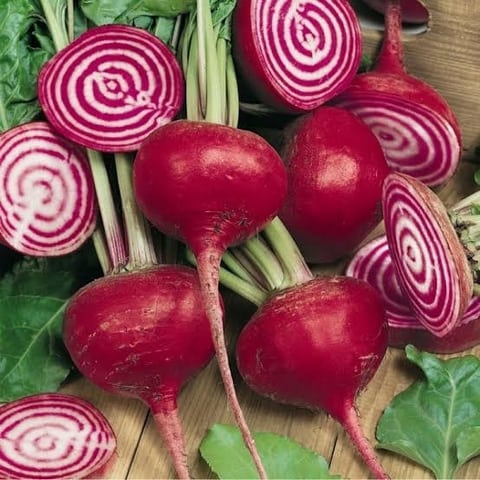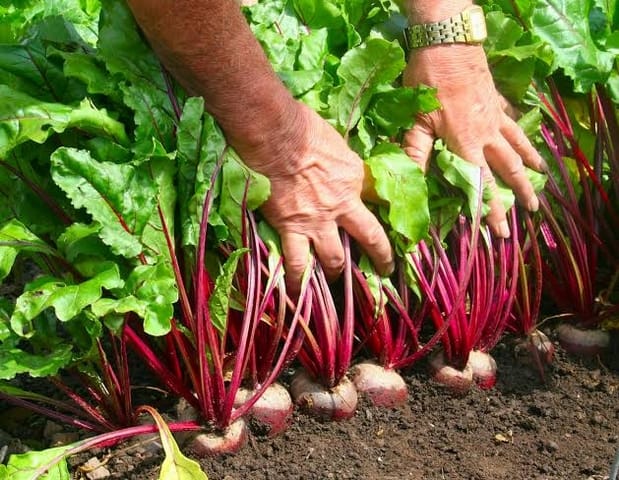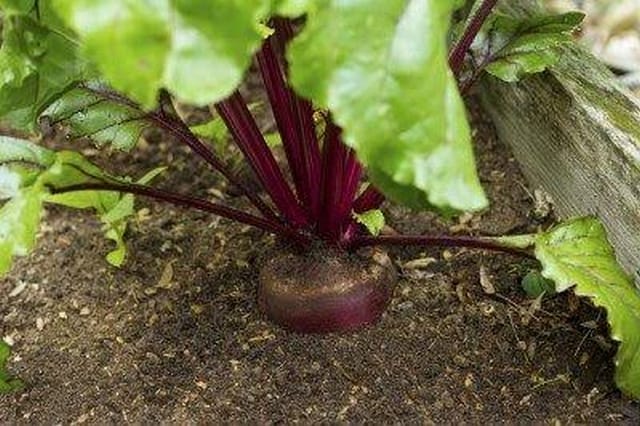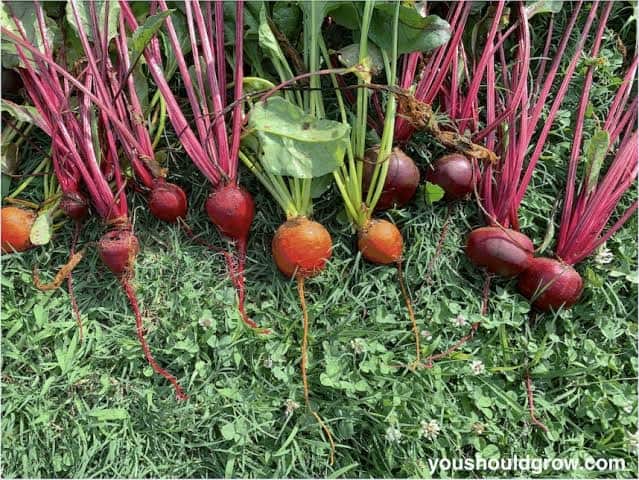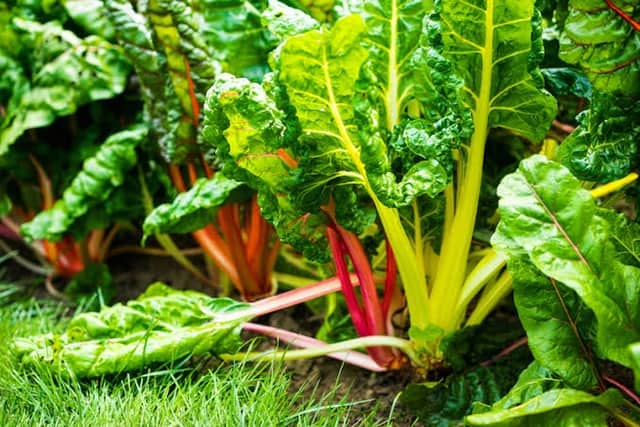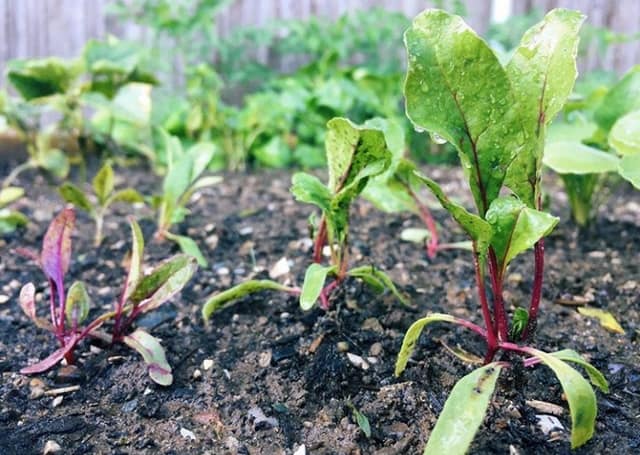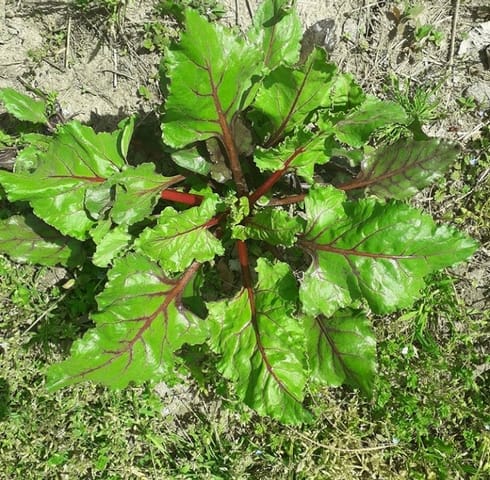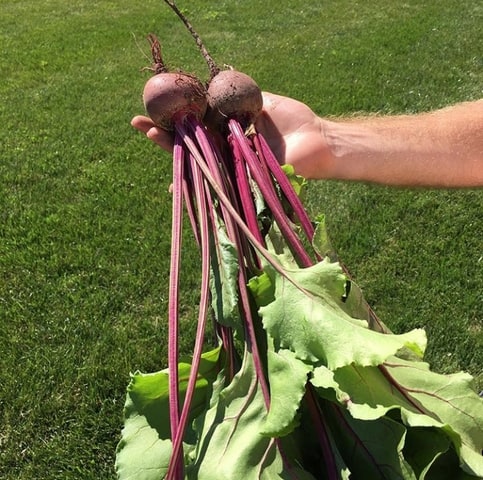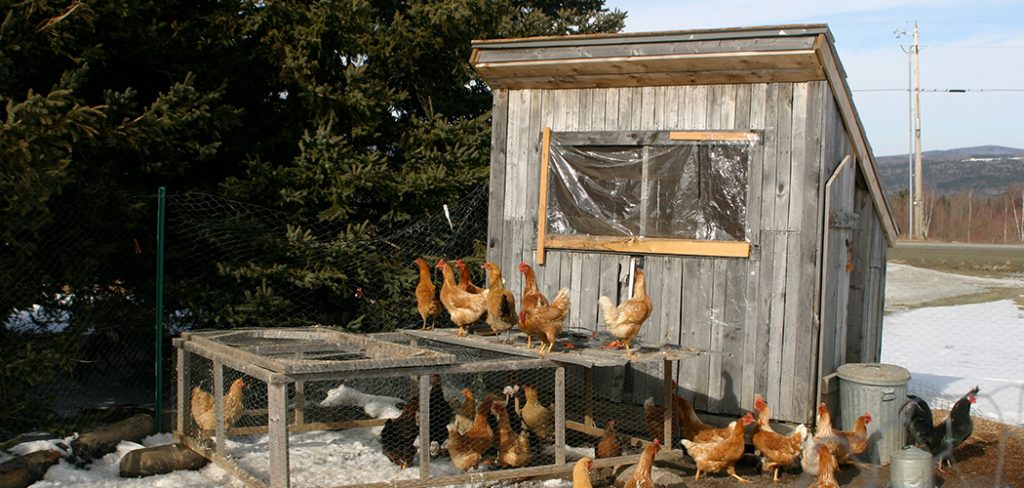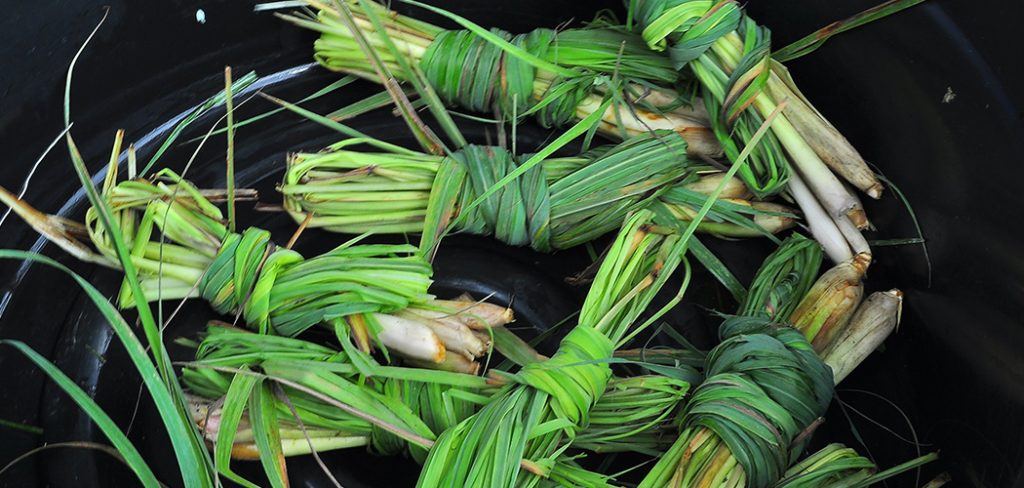Beetroots (commonly known as Beets) are a popular vegetable species grown for food all over the world. They can either be yellow, red or white in colour. Growing beetroots in your backyard is easy.
Beets are highly nutritious and are rich in key vitamins and minerals such as manganese, iron, potassium and phosphorus.
Also, beetroots are quite medicinal and can be used to treat a range of health conditions such as high blood pressure, inflammation and indigestion.
Furthermore, they are quite tasty and can be included in almost any meal.
Beets are biennial crops, but are grown annually; They are cultivated for their bulb-shaped roots and leaves.
Fortunately, growing beetroots and maintaining them is quite easy as they are seldom troubled by pests, and are able to resist diseases.
If you wish to grow this wonderful crop in your backyard garden or farm, and enjoy delicious beet meals, we have created a step-by-step guide to assist you with the process:
1. Selecting the right soil and location
Beets will do very well when planted in loamy, acidic soils with pH between 6.0 – 7.0; They will struggle in clayey, hard or sandy soils; hence, if your garden soil falls into any of these categories, mix in some compost.
It would also be helpful to get soil rich in organic content, although beets will generally do well in soils with minimal organic matter.
Grow beets in a location exposed to full sunlight as this is an essential requirement for proper growth.
2. Know the right time to plant
Beets favour cool weather, therefore, sow beet seeds at least, two to three weeks before the average last frost day in spring. They do well during spring and fall, but fare badly in hot weather.
When planting, ensure the soil temperature is at least 50°F. Anything above or below that, and your seeds might not germinate.
3. Planting beet seeds
It is advisable to plant beets directly from seed, although you can make use of seedlings as well. Each beet seed is a cluster of about 2-3 tiny seeds.
When planting beet seeds, make holes that are at least 1 inch deep. Beets don’t do too well when crowded, hence ensure you space the seeds 3 to 4 inches apart.
It is essential that the soil retains moisture during the germination phase; hence, spread dry grasses, leaves or straw on your beet patch to assist with this. Alternatively, you can make use of plastic tarps.
If you want to grow your beets in pots, make use of containers that are at least 12 inches deep.
4. Care and maintenance
Once your beets start germinating, you will need to thin out some of them; This is because you will likely get more than one seedling out of a seed. Also, thinning ensures only the healthiest beet plants remain.
Beets require lots of moisture, therefore, ensure you water your plants regularly. To aid with moisture retention, you should also mulch the plants. Pull out weeds to prevent competition with your plants for sunlight, food and water.
Protect young seedlings from birds, else they’ll have a swell time feasting on their leaves. Beet miners can also pose a problem; hence, ensure you inspect your plants regularly and cut-off infected leaves immediately you notice them.
5. Harvest and storage
Beets are usually ready for harvesting between fifty to seventy days after they are planted. In fact, beet leaves removed during the first thinning can be consumed!
To harvest beetroots, simply loosen the soil around them and pull out. Beet leaves can be harvested as well, but this should be done when the plant is relatively young.
Fresh beets should be stored in a cool, dry place; They last for five to seven days in the refrigerator.
If you plan to store beetroots for long in roof cellars, ensure you brush off soil clinging to their bodies completely and bury them in layers, in dry sand.
Take care to ensure that the beets don’t come in contact with each other while in the soil, else they might rot.
Photo Gallery of Growing Beetroots
Hope you enjoy this guide. We feel you might enjoy our growing potatoes and growing onions guide.

